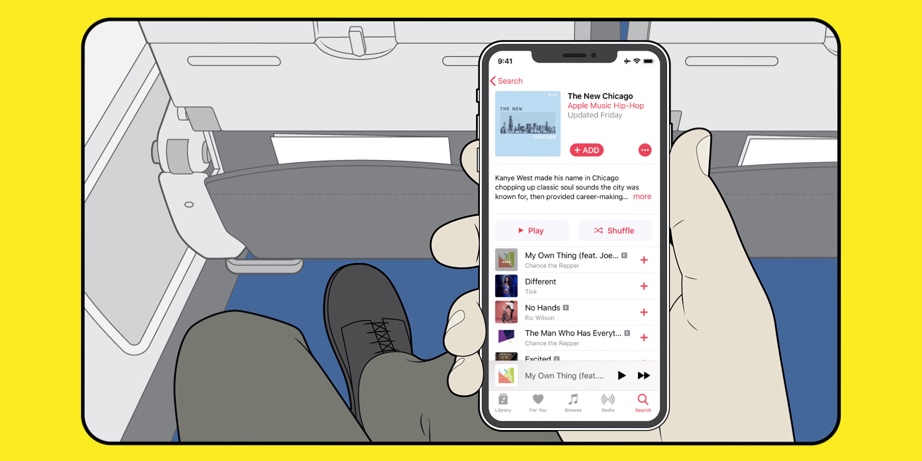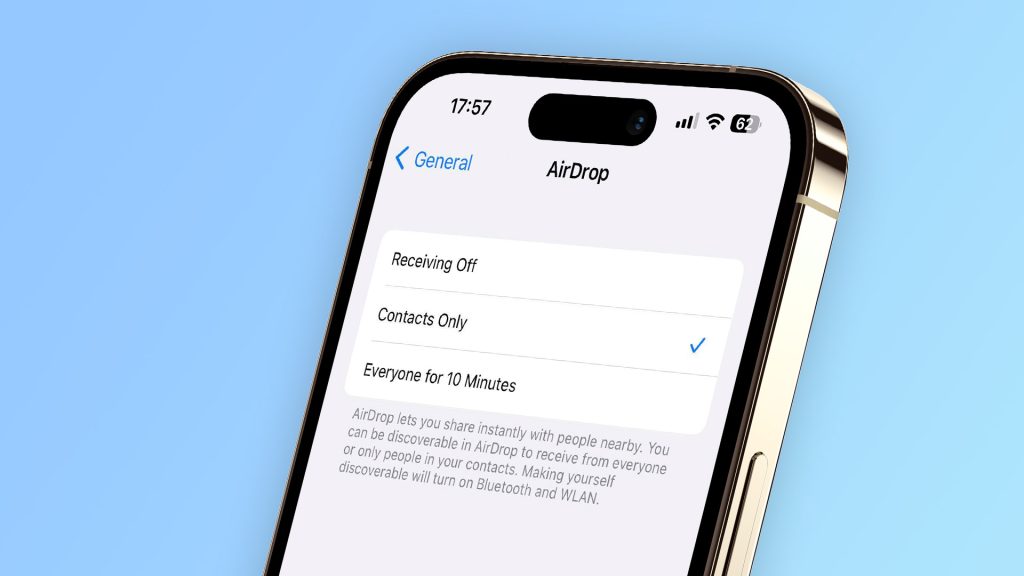
Apple recently changed how AirDrop works between iPhones, but not everyone has updated to the latest software clearly. Just last week, a student traveling in Texas had the bright idea to play a bomb prank on a plane using AirDrop just before takeoff.
This story is supported by Mosyle, the only Apple Unified Platform. Mosyle is the only solution that fully integrates five different applications on a single Apple-only platform, allowing businesses and schools to easily and automatically deploy, manage, and protect all their Apple devices. Over 35,000 organizations leverage Mosyle solutions to automate the deployment, management, and security of millions of Apple devices daily. Request a FREE account today and discover how you can put your Apple fleet on auto-pilot at a price point that is hard to believe.

As readers may know, AirDrop works between Apple devices and allows wireless file transferring for things like photos, videos, and websites.
Since its launch nearly a decade ago, AirDrop has worked in two ways: sending files between people in your contacts list, or sharing files with anyone nearby.
Recently, Apple changed how this works for the first time by disabling the ability to AirDrop anything to anyone at any time. Apple replaced the “Everyone” option with “Everyone for 10 minutes”. That means you effectively have to communicate with someone verbally before using AirDrop if you’re not already contacts.
The change was first made in China, then arrived globally shortly thereafter.
Not everyone has updated to the latest version of iOS 16, however, and that’s what made the Texas bomb prank on an American Airlines flight last week possible.

A Pennsylvania student returning home from a Catholic school-sponsored mission trip to the Texas-Mexico border changed his iPhone name to “I have a bomb”.
Then the student initiated an AirDrop photo share with other passengers onboard the flight while it was taxiing before takeoff.
What passengers were greeted with was a notification that read “I have a bomb would like to share a photo” without any way to identify from where the message originated.
The plane was immediately pulled off the runway and back to a gate where a bomb squad searched passengers and cargo for explosives. The FBI determined that there was “no known credible threat” following the search.
The student was later identified through an investigation. He later admitted to the prank and said it was sent “in jest”. The consequences of the prank are very real, however, as El Paso County officials bring chargers for a false alarm or report while the student is held in juvenile detention.
Add 9to5Mac to your Google News feed.
FTC: We use income earning auto affiliate links. More.






